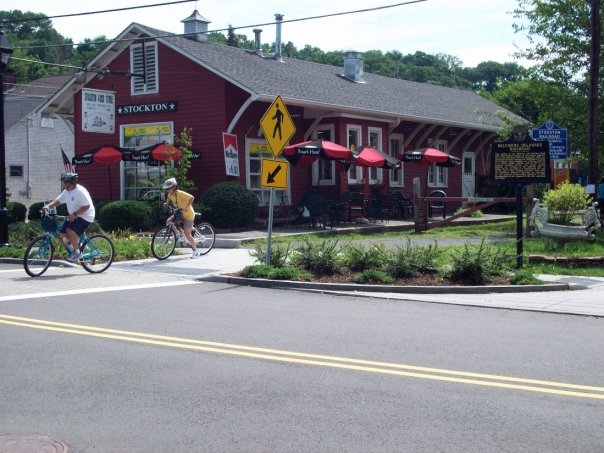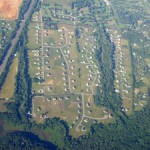New Jersey Future Blog
Governor Sets Summit for October 22
October 11th, 2002 by Tim Evans
- New Jerseyans will learn the McGreevey Administration’s plans for smarter growth when the Governor hosts a “sprawl summit” on Oct. 22 with his Cabinet officers, for invited leaders from business, nonprofit groups and government.
- Governor Parris Glendening has been invited to discuss Maryland’s smart growth program, regarded nationally as a model for preserving land, rebuilding communities, expanding mass transit and saving taxpayers from the high cost of building infrastructure to support sprawl development.
- Maryland has notable success in targeting its growth: About 75 percent of all new projects are now built in “Priority Funding Areas,” designated by all 23 counties as areas where they want the State to invest in infrastructure to support future growth.
- The state has also protected more than 280,000 acres just since 1995, which represents about a quarter of all the protected land in Maryland.
- Smart growth in Maryland also gets a boost through school spending. Ten years ago, 43 percent of state funds for public school construction went to older schools in Maryland. Today, the state school construction budget has been tripled and 80 percent goes to older schools, helping revitalize older communities.
MARYLAND OFFERS SMART GROWTH MODEL
New Jersey may have a nationally respected State Plan, but Maryland has earned its smart growth kudos for putting its money where its growth should be.
State spending in Maryland has been re-prioritized to favor “Priority Funding Areas,” places where growth is deemed to be in the state’s best economic and environmental interest. Maryland’s 157 incorporated municipalities, the state’s older developed communities, were automatically designated Priority Funding Areas, as were the heavily developed areas inside the Baltimore and Washington beltways. Other areas may be designated by the 23 counties if they meet specific smart growth standards for housing density: no fewer than 3.5 dwellings per acre to qualify for state funds for water and sewer service, and as long as each county’s Priority Funding Area is consistent with its 20-year growth projections. In general, the state does not assist development outside these areas.
New Jersey has yet to link meaningfully state spending to its State Plan, even though the Plan defines where growth will best benefit New Jersey’s economy and environment, as identified with participation from local governments. With a $23 billion state budget fueling growth around the state each year, it’s a connection New Jersey can no longer afford to ignore if it’s serious about smarter growth.
















